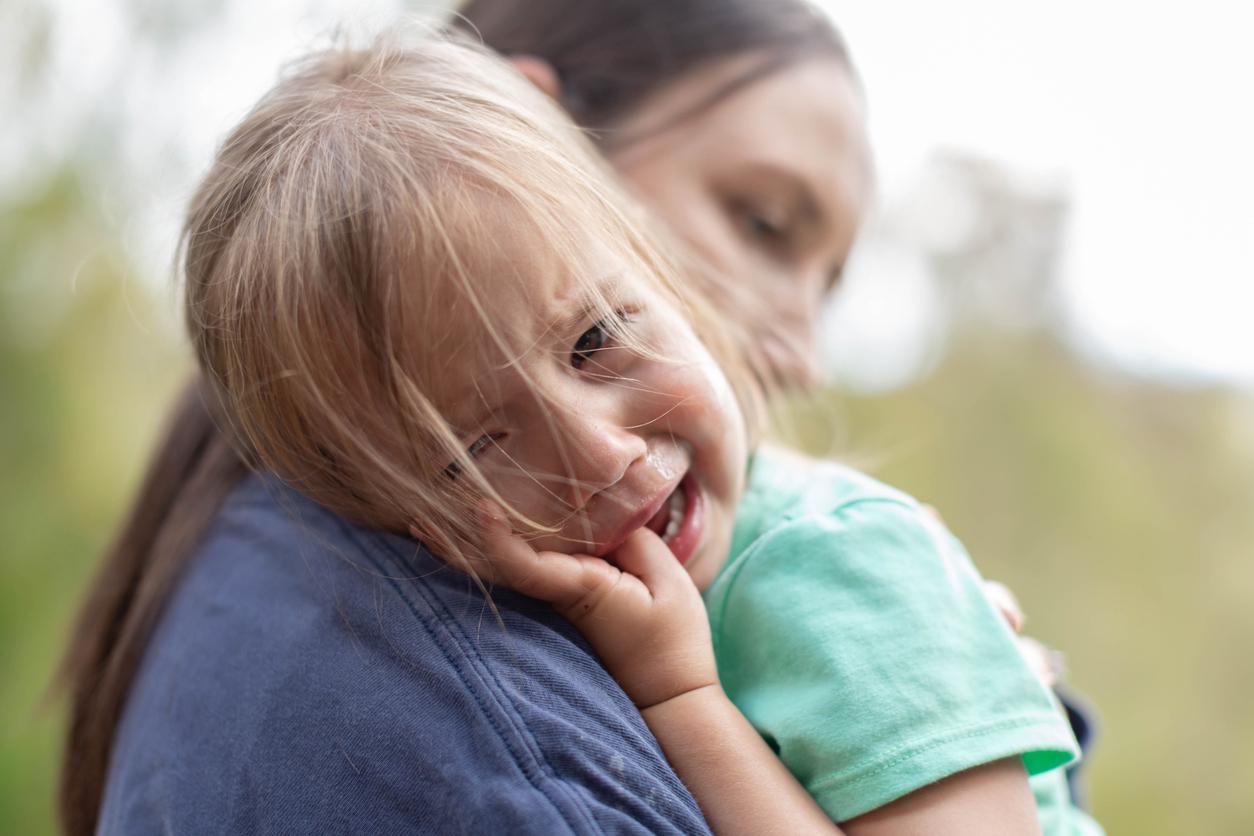Children with autism feel emotions as deeply as anyone else, but the ways they express them, including through crying, can vary greatly. Understanding why an autistic child cries more or less often can help parents better meet their emotional needs.

- Children with autism may cry more or less than other children due to factors such as sensory sensitivity, communication difficulties, and intense emotional reactions.
- It is important for parents of these children to put in place strategies to help them manage their emotions.
- But difficulties expressing emotions can also result in less frequent crying in some autistic children.
Many children with autism have heightened sensitivity to sensory stimuli. Loud noises, bright lights, unpleasant textures, or strong odors may be perceived as extremely stressful or even painful. This hypersensitivity can lead to frequent crying in response to environments or situations that seem ordinary to others. For example, a simple change in the texture of clothing or a bright light can cause a distress response.
The autistic child may cry to compensate for the difficulty in expressing his emotions.
Communication difficulties are also a major source of crying in autistic children. Unable to verbalize their needs or feelings, they may express their frustration through crying. A child who is hungry, tired, or in pain but cannot express it verbally will often use crying to communicate discomfort.
Autistic children’s behavioral rigidity can also lead to more frequent crying. Autistic children often need strict routines and predictability. Any disruption to their routine, even minor, can cause anxiety and stress, leading to crying. For example, a change in the order of daily activities or an unexpected change in their environment can be very upsetting.
Finally, some children with autism may experience emotions more intensely than others. Feelings of sadness, anger, or joy may be experienced in a heightened manner, which may result in more frequent or intense crying. For example, a situation that is perceived as mildly frustrating for a neurotypical child may provoke an intense emotional reaction in a child with autism.
Reasons Why Autistic Children May Cry Less Often
Conversely, some children with autism may cry less often because of their sensory hyposensitivity. These children are less reactive to sensory stimuli, meaning that situations that would cause crying in other children may not affect them in the same way. For example, they may not react to minor injuries or physical discomfort in the same way as other children.
Difficulty expressing emotions can also cause children with autism to cry less often. Unable to recognize or identify their own emotions, they may not cry even when they are sad or distressed. They may have difficulty expressing their feelings in typical ways, which can make them appear less emotional.
Some children with autism develop self-regulatory behaviors, such as rocking, hand-flapping, or other stereotypies, to manage their emotions. These behaviors may replace crying as a means of emotional expression, helping the child calm down without resorting to crying.
How to help your child manage their emotions
To help your autistic child better manage their emotions, it is crucial to create a predictable environment. Maintaining consistent routines can help reduce anxiety and crying. Let your child know about changes in their routine ahead of time so they have time to mentally prepare.
Using visual aids, such as pictograms or visual calendars, can help children with autism understand and anticipate the events of the day, reducing anxiety related to uncertainty. Additionally, encouraging communication by teaching alternative means, such as sign language or communication cards, can help reduce frustration and crying caused by the inability to express needs.
The usefulness of consulting a professional
Creating a sensory-friendly environment is also essential. Identify and minimize sensory stimuli that cause stress. Offer alternatives for noisy environments or unpleasant textures, such as noise-canceling headphones or clothing made of soft fabrics.
If your child’s crying is frequent and difficult to manage, it may be helpful to consult a professional, such as a psychologist or behavioral therapist, for strategies tailored to his or her specific needs.
















